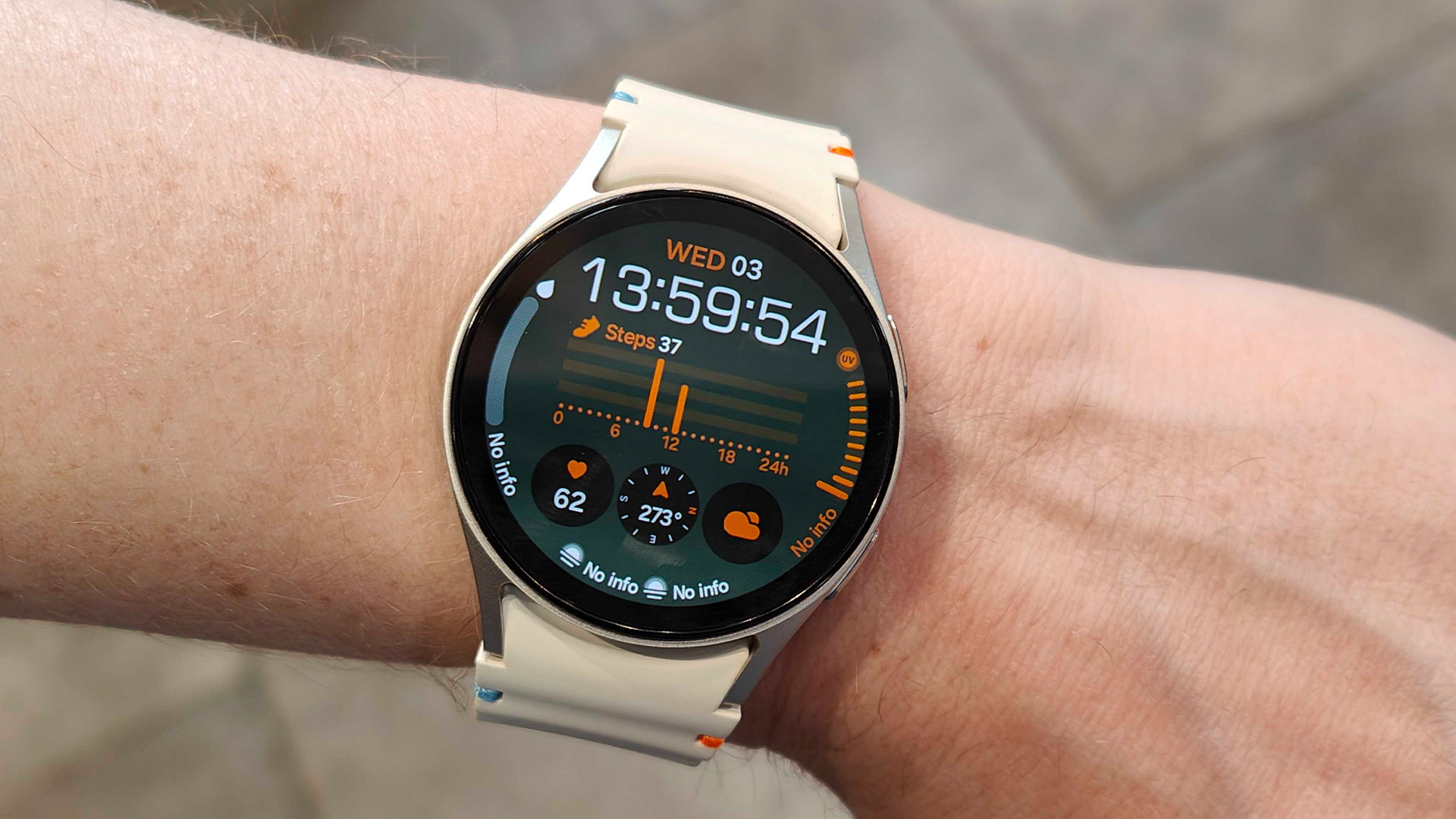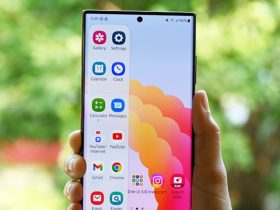The Google Pixel Watch 3 and the Samsung Galaxy Watch 7 are two prominent smartwatches available in the market, each offering distinct features and pricing. The Pixel Watch 3, priced at $349.99 for the 41mm version, introduces a new 45mm size option, but it remains largely similar to its predecessor in terms of hardware. This lack of significant hardware change, combined with its premium pricing, may disappoint some users, especially given that the previous model’s features were still quite advanced.
On the other hand, the Samsung Galaxy Watch 7, which costs $289.99 for the 40mm variant, also maintains a familiar design from its predecessor. However, Samsung has made considerable improvements in the underlying technology, including a more power-efficient processor and enhanced health-tracking capabilities. These upgrades, combined with a lower price point, make the Galaxy Watch 7 a strong competitor.
The Pixel Watch 3 now offers two sizes, 41mm and 45mm, which provide users with more options to fit their wrist size preferences. The watch retains the same design elements as the Pixel Watch 2, with a haptic crown and recycled aluminum casing. The 45mm model benefits from a larger display with slimmer bezels, allowing for more information to be visible at once, which might appeal to users seeking a larger watch face.
The Galaxy Watch 7, available in 40mm and 44mm sizes, also provides a range of display options, with slightly larger screens compared to the Pixel Watch 3. Samsung uses Sapphire Crystal for better scratch protection and has slightly improved the display’s brightness and clarity. Both models of the Galaxy Watch 7 offer high-quality displays, which are essential for a pleasant user experience.

In terms of hardware, the Pixel Watch 3 continues to use the Qualcomm W5 Gen 1 processor, the same as its predecessor, with similar storage and memory specifications. It supports Wear OS 5 and offers various health sensors, but its high price for LTE models might be a drawback for some.
The Galaxy Watch 7, however, benefits from the newer Exynos W1000 SoC, which enhances power efficiency and performance and includes a redesigned BioActive Sensor for more accurate health tracking.
Battery life for the Pixel Watch 3 is claimed to be up to 36 hours in Battery Saver mode, with a similar capacity to the previous model. The larger 45mm version should offer better endurance. In contrast, the Galaxy Watch 7 has a battery life of up to two days with AOD disabled, depending on usage. This suggests that while both watches offer decent battery performance, the Galaxy Watch 7 may have an edge in practical daily use.
The Galaxy Watch 7 excels with its health and fitness features, including accurate heart rate monitoring and new health tracking functionalities. Samsung’s approach allows users to access many of these features without additional subscriptions, which is a significant advantage over the Pixel Watch 3’s model. The Pixel Watch 3 includes some advanced tracking features but requires a Fitbit Premium subscription for access to the full range of its capabilities.
Design-wise, both watches offer stylish options, with the Pixel Watch 3 available in multiple colors and the Galaxy Watch 7 providing more customization through Samsung’s online store. While the Pixel Watch 3 maintains the aesthetic of previous models, the Galaxy Watch 7’s improvements in display and sensor layout contribute to a better overall user experience.
For users looking to purchase a smartwatch, the Samsung Galaxy Watch 7 stands out as the more affordable option with better performance and features. It provides excellent value for the price and is recommended for most buyers. The Pixel Watch 3, while attractive and feature-rich, is positioned as a premium product, and its higher cost, combined with incremental hardware updates, might not justify the expense for many users.
Ultimately, if cost is a significant factor and the latest health tracking features are a priority, the Galaxy Watch 7 offers a compelling package. However, if the larger size of the Pixel Watch 3 or its integration with Google’s ecosystem is particularly appealing, and the budget allows for it, it could still be a worthwhile investment despite its higher price.






Leave a Reply